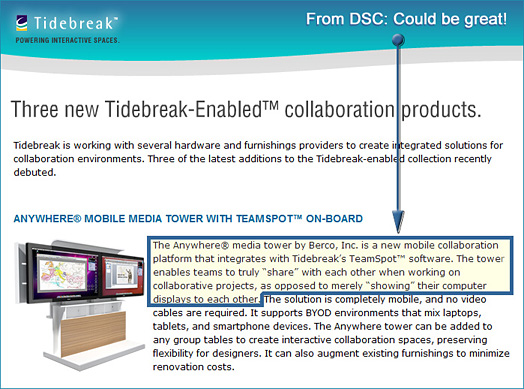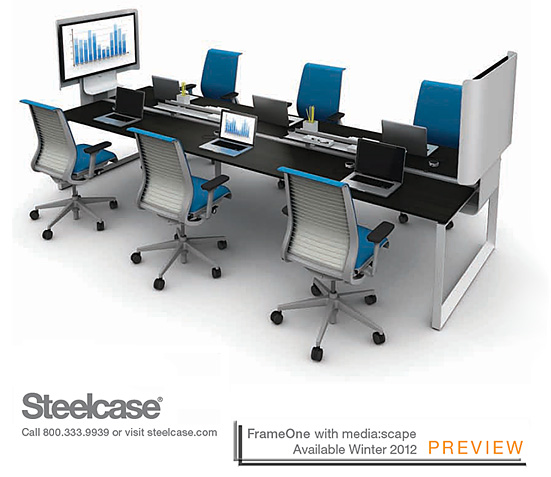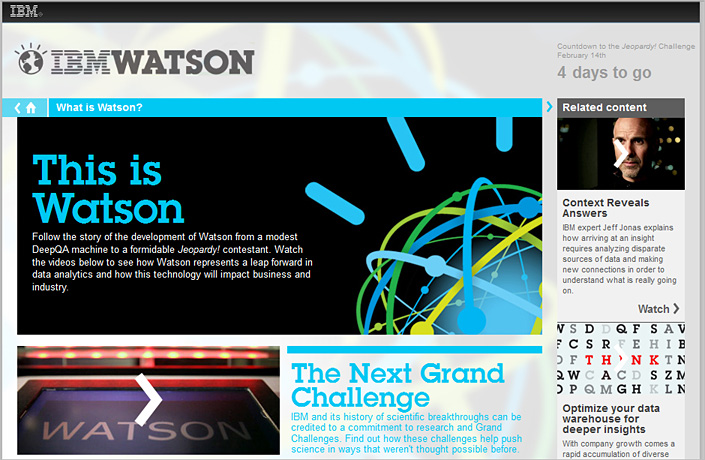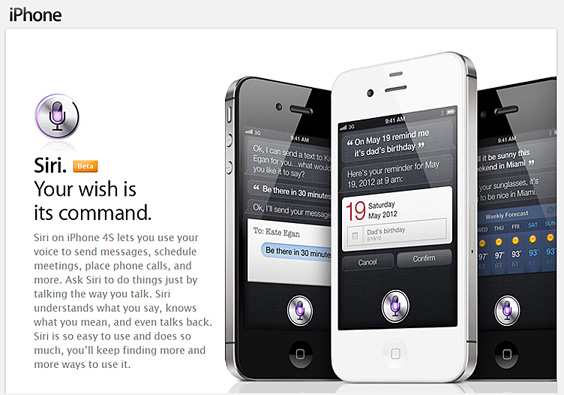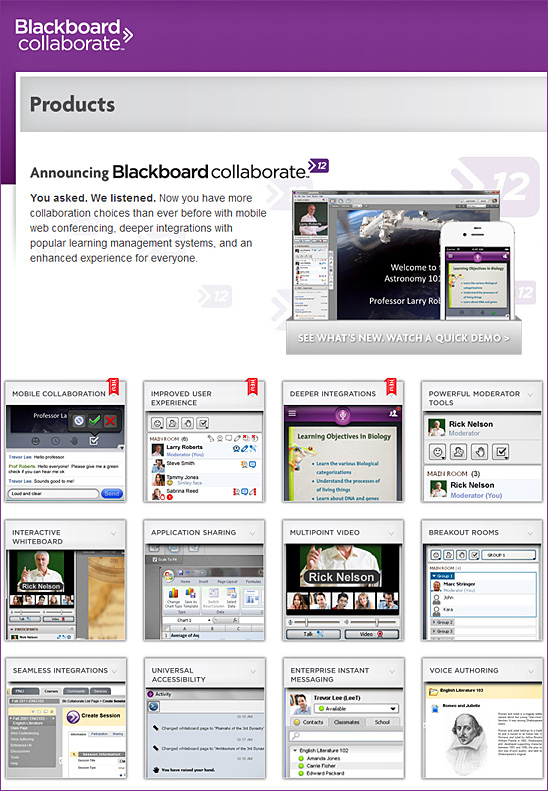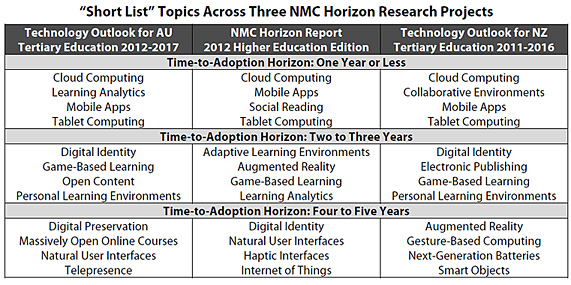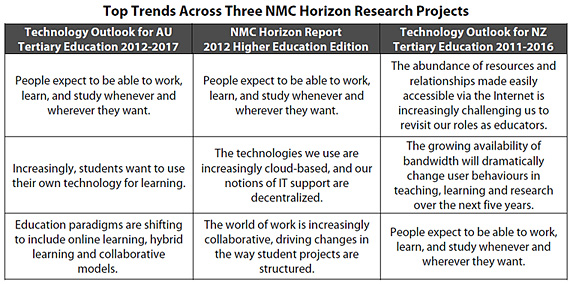50 interesting ways to use Skype in your classroom — from edudemic.com by Jeff Dunn
Excerpt:
I’m a so-so fan of Skype. I’ve used it on an infrequent basis and have had more than a few dropped calls. Audio and video alike. However, it’s a cheap way to make long distance calls and seems to work better over wi-fi and the video quality is improving on a regular basis. So therefore it’s probably a great tool for the classroom. But how can you use Skype to do more than just make calls? Well, there’s a pantload of interesting ways! Check out these fun ideas:
.
From DSC:
And for “Skype on steroids”, consider using Blackboard Collaborate:
.
From DSC:
I created this graphic, so I ask for
mercy from you lawyers at
Microsoft and/or at Blackboard! 🙂
Also see:
- 50 apps students will be using in your classroom — also from edudemic.com
Also see:
- Blackboard Launches Mobile Beta Program for Blackboard Collaborate
Company Plans to Bring Live Classes and Collaboration to Mobile Devices
.
- Blackboard Web Conferencing Software Update To Include iOS Support — from The Journal by Dian Schaffhauser
From DSC:
My thanks to Mr. Adam Tozer, in the A/V Department at Calvin College for this item. If you are looking at some mics for lecture capture or for doing some videoconferencing, this model is worth checking out.
Addendum on 7/2/12 — also see:
- Swivl: your personal cameraman – dream device — from Donald Clark
Cisco brings online collaboration solutions under WebEx name — from eWeek.com by Jeffrey Burt
The company is adding Office and greater email integration to its WebEx Social enterprise social networking solution, which previously was known as Quad.
Excerpt:
Cisco Systems executives are bringing their disparate Web collaboration solutions under the WebEx umbrella, and expanding the capabilities of its enterprise social networking offering formerly known as Cisco Quad.
Blackboard launches mobile beta program for Blackboard Collaborate — from Blackboard.com
Company plans to bring live classes and collaboration to mobile devices
Excerpt:
WASHINGTON, June 18, 2012 /PRNewswire/ — Blackboard Inc. today announced the launch of a Beta program for an interactive mobile application for Blackboard Collaborate™, the leading Web conferencing platform built for education. The new app would let learners participate in live Web conferencing sessions from smartphone and tablet devices, significantly expanding access to sessions delivered through the platform.
The app, Blackboard Collaborate Mobile, would let users join a live Web conference through a learning management system (LMS) link, email link or calendar invite. After the session launches automatically, users would access a range of interactive tools enabling them to view content, communicate through chat and audio, respond to surveys, raise a hand, see the status of other participants, join breakout rooms and more.
Techs related to transmedia storytelling may pave the way nicely for more educationally-related apps
From DSC:
As the massive convergence of the computer, the telephone, and the television continues, other trends are also taking place that may eventually impact how we interact with educationally-related content. That is, the main screen of our living rooms might be delivering a 5-10 minute “lecture”, but our tablets and smart phones may be in our laps as we interact around this content with others.
Along these lines, as transmedia storytelling develops, the use of multiple devices and methods to consume and contribute to content may be setting the stages for how things can get done with more educationally-related applications.
Consider this excerpt from Complex TV: Transmedia Storytelling — by Jason Mittell, Associate Professor of American Studies and Film & Media Culture at Middlebury College:
As television series have become more complex in their narrative strategies, television itself has expanded its scope across a number of screens and platforms, complicating notions of medium-specificity at the very same time that television seems to have a clearer sense of distinct narrative form. This chapter explores how television narratives are expanded and complicated through transmedia extensions, including video games, novelizations, websites, online video, and alternate reality games. With specific analyses of transmedia strategies for Lost and Breaking Bad, I consider how television’s transmedia storytelling is grappling with issues of canonicity and audience segmentation, how transmedia reframes viewer expectations for the core television serial, and what transmedia possibilities might look like going forward.
Also relevant/see:
- Please don’t ruin the second screen — from techcrunch.com by Somrat Niyogi
Excerpt:
The second screen space is going to be a multi-billion dollar market. Just last week, Tim Cook announced that 67M iPads were sold in less than two years. It took more than 24 years to sell that many Macs. With the growing trend of second screen activity (i.e. using tablets while you watch TV), there is bound to be major disruption in the TV industry. - Comcast connects Skype HD videoconferencing to the living room TV — from networkworld.com by Larry Hettick
Excerpt:
With the Skype on Xfinity service customers will also be able to:
• Make and receive Skype-to-Skype video and audio calls or send instant messages via Skype on a TV while watching their favorite TV show at the same time, and accept incoming Skype calls during a TV show with the help of Caller ID.
• Import Skype friends into a global address book which can also contain Facebook, Outlook, Gmail and smartphone contacts so subscribers can find friends who already use Skype and see when contacts are online and available to talk.
• Communicate with the hundreds of millions of connected Skype users around the globe, whether on a Skype-enabled TV, PC or mobile device. - A TV platform so disruptive everyone’s suing it — from fastcompany.com by David Zax
Excerpt:
We chat with Chet Kanojia of Aereo, the new TV-where-and-when-you-want-it service that has a few legal troubles. Could Aereo finally disrupt the loathed cable bundle–and TV altogether? - Now serving the latest in exponential growth: YouTube!— from singularityhub.com by David J. Hill.
.

Addendum on 6/2/12
Polycom® RealPresence® Video Content Management Solutions Deliver Live Video Streaming and Video Recordings to Android and Apple Devices
Polycom extends secure user access to video content beyond traditional PCs and laptops to tablets and smartphones, providing easy access to view live and recorded videos on-demand
PLEASANTON, Calif. – May 15, 2012 : Polycom, Inc. (Nasdaq: PLCM), the global leader in open standards-based unified communications (UC), today unveiled updates to Polycom® RealPresence® Video Content Management solutions that deliver anytime, anywhere secure access to view live-streaming webcasts and video recordings on-demand through a Web portal from any device. New features for RealPresence Video Content Management include updates for Polycom® RSS™ 4000 Recording and Streaming Server and Polycom® RealPresence® Media Manager that make the solution compatible with existing and future technologies, while extending users’ access to video content from traditional computer systems to Android and iOS-based mobile devices. Polycom’s RealPresence Video Content Management solution was recently recognized by Gartner with a “Positive” rating in the latest MarketScope for Video Content Management and Delivery, April 2012.1









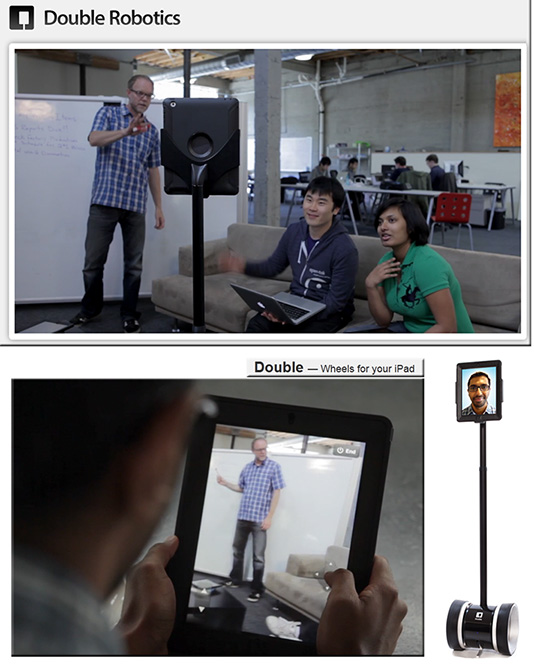

![The-Living-Class-Room-Daniel-S-Christian---July-2012 The Living [Class] Room -- by Daniel Christian -- July 2012 -- a second device used in conjunction with a Smart/Connected TV](http://danielschristian.com/learning-ecosystems/wp-content/uploads/2012/07/The-Living-Class-Room-Daniel-S-Christian-July-2012.jpg)
